Hydroponic gardening has been growing in popularity among home gardeners and small-scale farmers due to several key benefits. By delivering nutrient-rich solution directly to plant roots rather than soil, hydroponics allows for faster growth times, higher yields in smaller spaces, and easier control of nutrients compared to traditional in-ground cultivation. One increasingly utilized hydro technique […]
Indoor Gardening using hydroponics
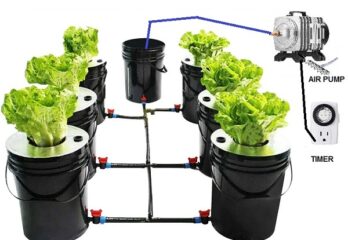
How To Build A Recirculating Deep Water Culture System?

Hydroponic Indoor Tower Garden
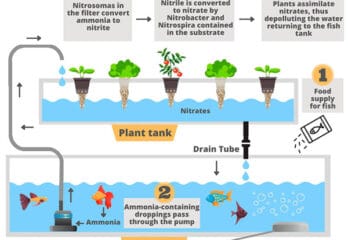
What Is the Aquaponics System?

Dutch Bucket Hydroponic System
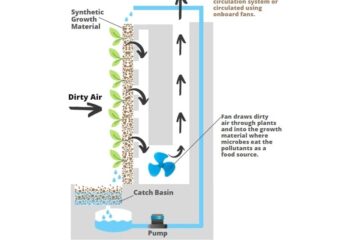
What is Vertical Herb Garden?

Ebb & Flow (Flood and Drain) Hydroponic System

Indoor Vertical Gardening Guide

Best Hydroponic Towers in 2024
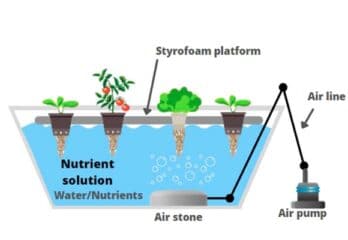
What is Bubbleponics?
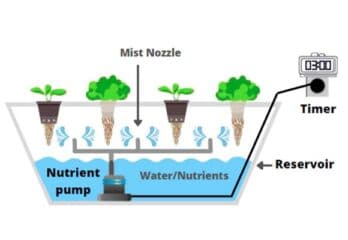
Best Aeroponic Tower Garden – Buyer’s Guide
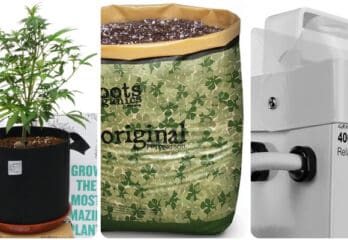
Cheap Indoor Grow Setup – Complete Guide
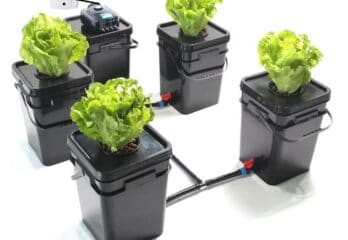
Top 5+2 Best Hydroponic Bucket System – DWC Buyer’s Guide
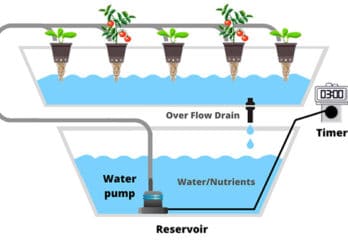
Hydroponic Drip Systems: What is It & How to Set Up? – Tutorial
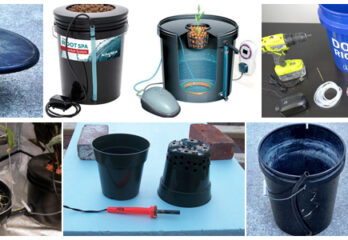
How to Build 5 Gallon Bucket Hydroponic System – Tutorial
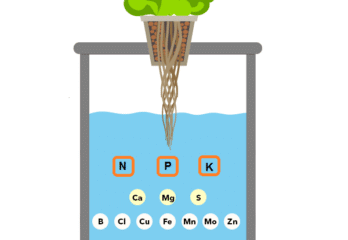
Best Hydroponic Nutrients 2023: Complete Buyer’s Guide
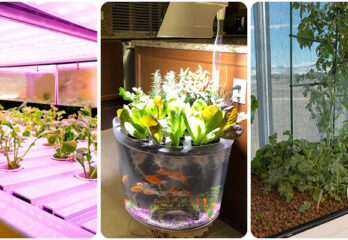
Indoor Fish Tank Aquaponics System Complete Guide
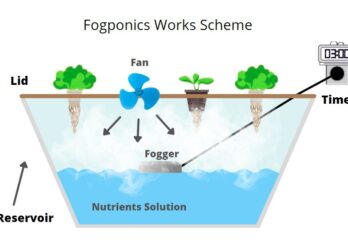
Fogponics: Growing Plants With Fog, How to?

What is Deep Water Culture (DWC system) – Tutorial

What is Aeroponics | A Tutorial
Hydroponic Indoor Tower Garden
Indoor gardening is becoming increasingly popular for urban dwellers and those with limited outdoor space. Hydroponic tower gardens are a great solution – they are compact, require no soil, can be placed in small spaces, and allow you to grow fresh herbs, vegetables, leafy greens, and more right inside your home. With a hydroponics system, […]
What Is the Aquaponics System?
Aquaponics presents an innovative method of food production integrating aquaculture fish farming with soilless plant cultivation in a sustainable closed-loop ecosystem. This symbiotic pairing enables fish and plants to thrive off each other within a recirculating water system, effectively growing two crops simultaneously. Aquaponics offers a chemical-free alternative to traditional gardening, conferring environmental and food […]
Dutch Bucket Hydroponic System
Hydroponic gardening has been gaining popularity among home gardeners and small-scale farmers in recent years. One particularly effective type of hydroponic system is the Dutch bucket system. In this simple yet highly customizable setup, plants grow in inert media inside buckets, with the nutrient solution delivered directly to the roots. The Dutch bucket system offers […]
What is Vertical Herb Garden?
A vertical herb garden is an innovative way to grow herbs, vegetables, flowers, and other plants in a compact vertical space rather than a horizontal garden plot. As urban living spaces continue to shrink and more people want access to fresh herbs and veggies, vertical gardening is exploding in popularity as an easy, sustainable solution. […]